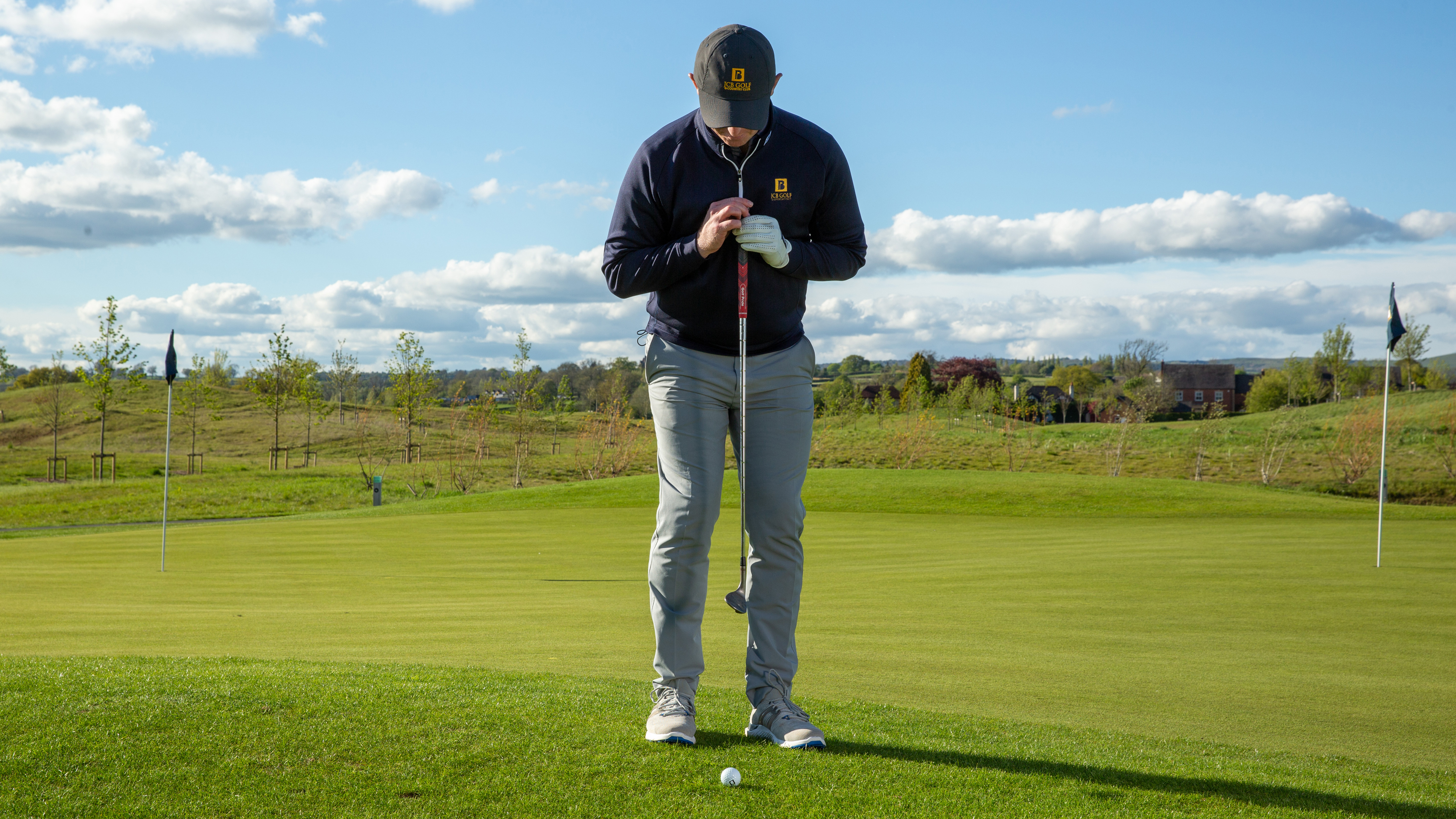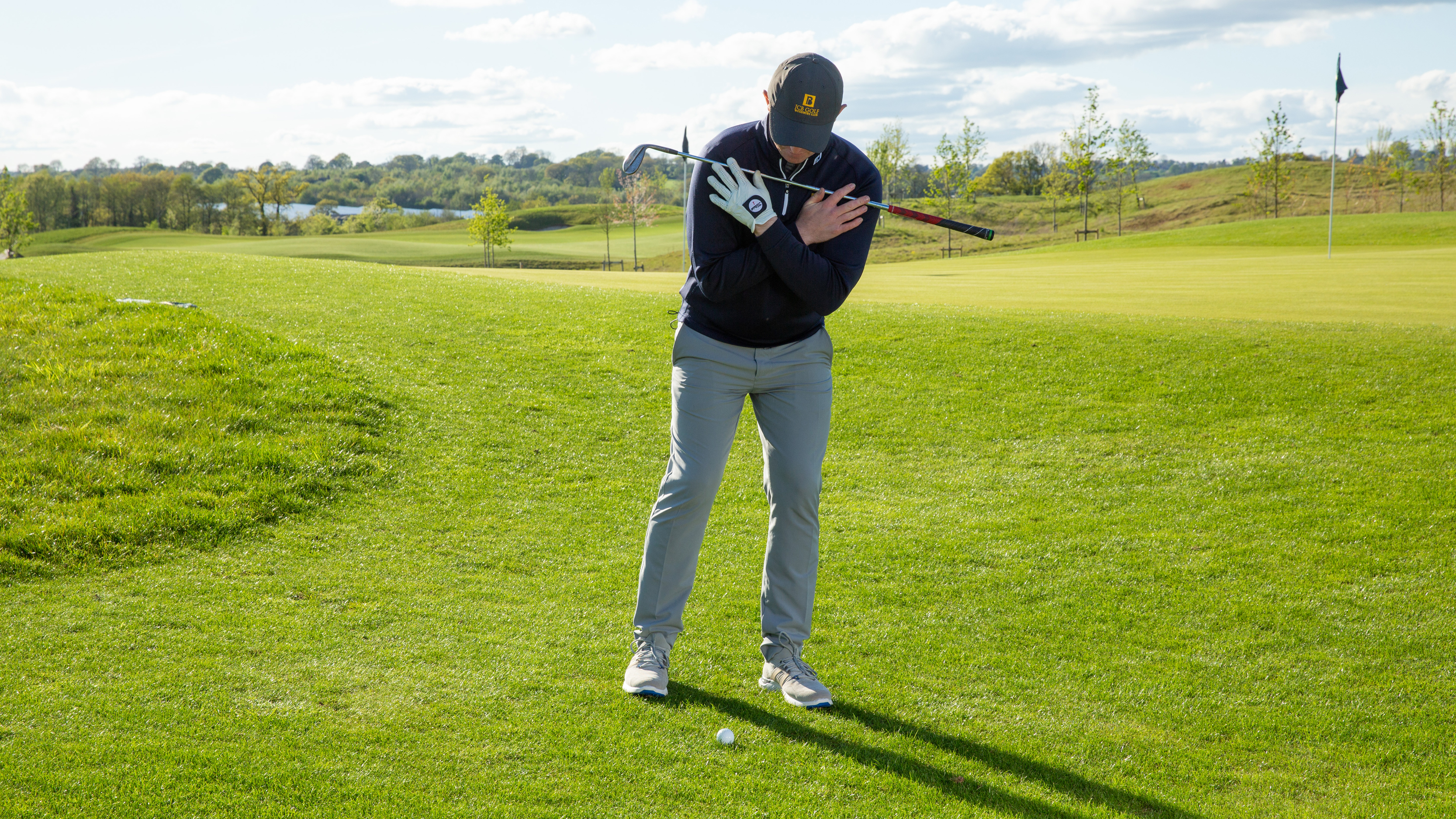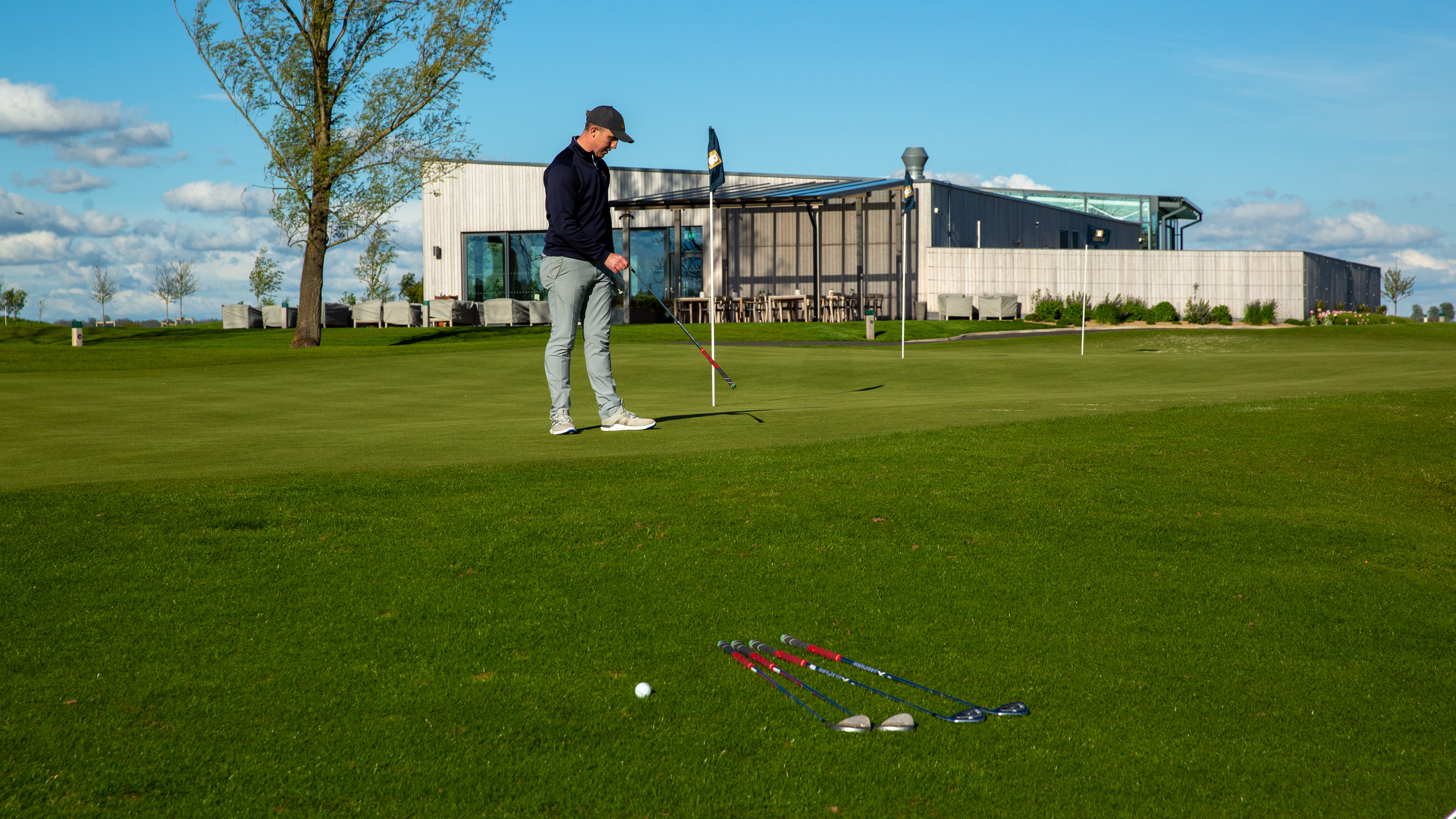
Sharpening up your short game is a great way to shoot lower scores, but how can amateur golfers improve with a wedge in hand? Finding the right practice routine is crucial, along with researching the best golf tips, and like anything in golf – you will only see results if you are willing to put in the time.
A common pitfall is that many amateurs get lured in by the desire to smash a bucket of balls down the range, instead of working on the key fundamentals of their short game.
In this video and article, Golf Monthly Top 50 Coach and PGA pro John Howells explains how a structured 60 minute short game session can be transformative for your performances around the greens...
First 15 Minutes
Start by focusing on technique, and specifically a couple of key concepts. The club should work around your body in a semi-circular fashion, just brushing the turf at impact. This helps to form a dependable, repeatable action that you can call on when it counts.

Much of it comes down to set-up, as you want to adopt a narrower stance when chipping. Ensure the ball position is around middle, and try to keep your weight relatively centred. Popular belief suggests that weight forwards is the way to go, but keeping everything in line helps to use the bounce on the wedge effectively. The same applies when playing shots from the bunker.
Find a comfortable grip and ensure the ball position remains as constant as possible (you may need to adapt this depending on the shot you want to play or the lie you have been given). The video above demonstrates a simple ball position drill that can help to improve your bunker pray.

Minute 15-30: Sloping Lies
Practicing from a flat surface is great, but the reality is you are unlikely to be so fortunate on the golf course. Being adaptable is important, and understanding how to navigate slopes could save you precious shots.
From a downslope, for example, if you maintained the same technique as a flat lie the club will bottom out too early and you'll either hit a fat or thin shot.

Instead, you want your body to be perpendicular to the slope so as to utilise the bounce again. The shot will naturally come out higher so choose your club accordingly based on the situation you're in.
From an upslope, the same applies in that your spine angle should be at 90 degrees to the ground. Make sure you put yourself in tricky positions during practice, as this will really help you on the course.
Minute 30-45: Distance Control
Once the technical kinks have been ironed out, it's time to focus on the shots themselves, and more importantly, becoming a master of distance control. Whether done by changing clubs or adjusting the length of swing with a trusty wedge, that's up to the individual, but we would advise ingraining three stock yardages into your repertoire.

Focus on picking out a landing spot for each different distance and practise away. In time, you'll develop a feel for these shots that can be used on the course. Do the same from the bunker, once again controlling the variables. Alter the length of swing, how open the face is and the club selection if needs be but keep the set-up and amount of sand taken as constant as possible.
Final 15 minutes: Pressure Game
We've all felt the pressure on the course. Whether it's during a stroke play competition or in a weekly doubles match against friends, nobody is immune. By introducing an aspect of it into your practice, you'll be better equipped when it really matters.
This par-18 game is a simple way to achieve that. Play three short chip shots, three long chip shots and three bunker shots, holing out each time. The par is 18 (obviously) and the tour average is 21.
It's a great way to end a session as it recreates some of the feelings you experience on the course and gives you a target to try and beat each time.







